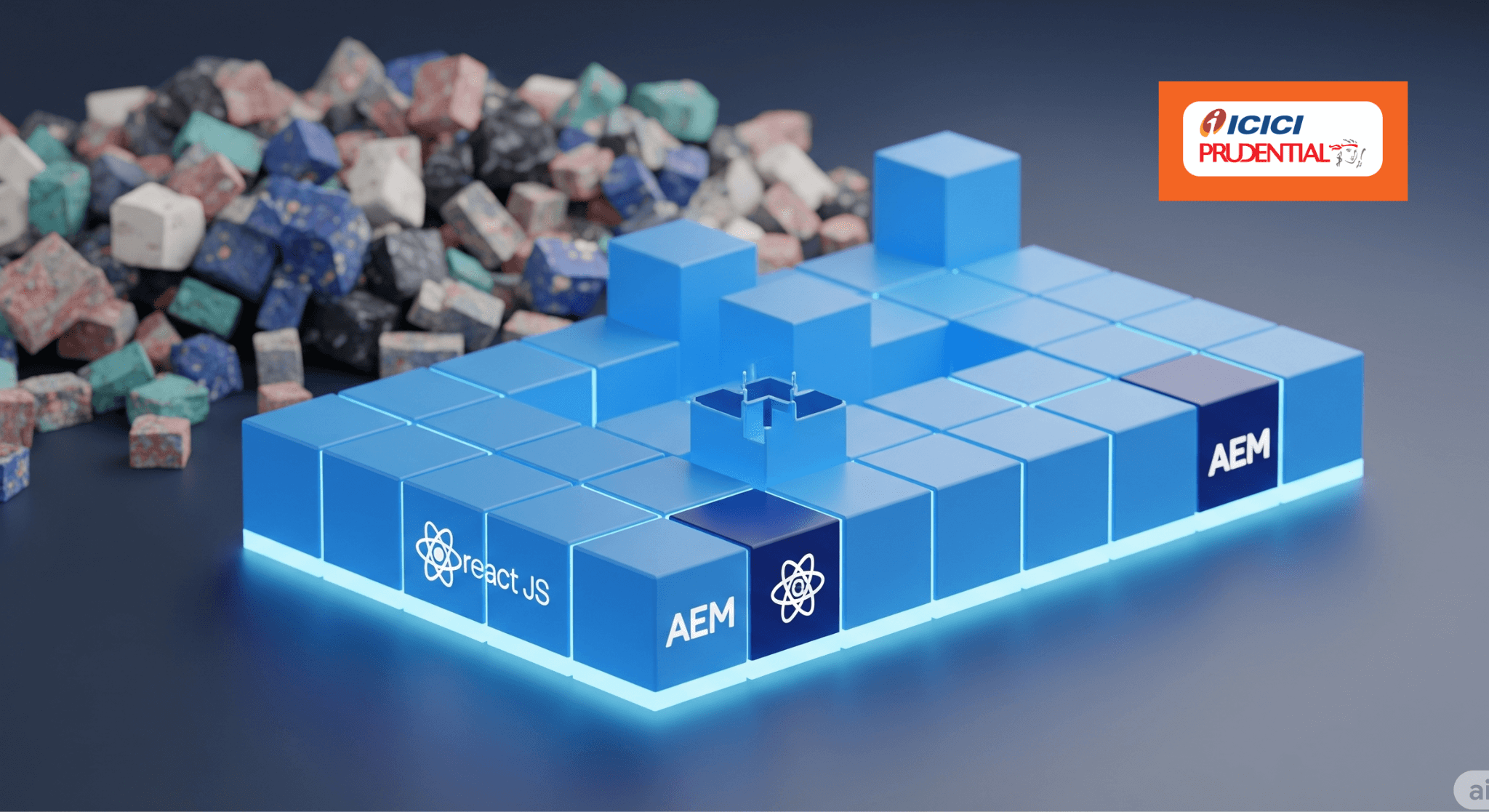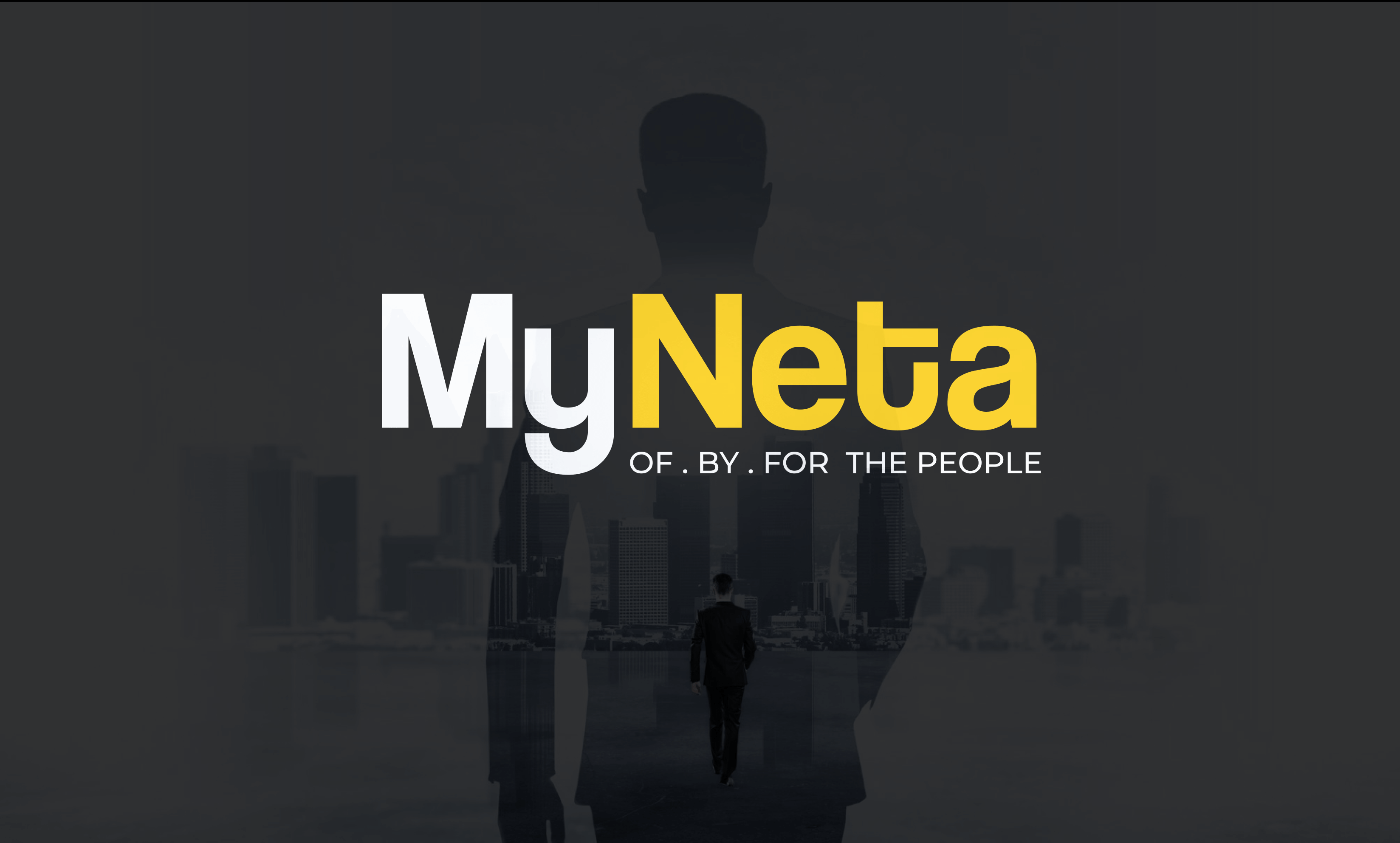ICICI Prudential
Digital Transformation of Self-Buy Journeys for ICICI Prudential BOL Products
- Digital Products & Software

ICICI Prudential Life Insurance Overview:
ICICI Prudential Life Insurance is one of India’s leading life insurance providers, formed in 2000 as a joint venture between ICICI Bank and Prudential Corporation Holdings. With over 400 branches nationwide, the company offers a diverse range of life, health, and pension products to millions of customers.Backed by global expertise from Prudential, the company ensures trust, stability, and cutting-edge services for its clients.
Executive Summary
ICICI Prudential’s BOL team manages all direct-to-consumer (D2C) self-buy journeys across insurance products. With a growing need for better user experience, faster releases, and platform compliance with AEM standards, the company initiated a year-long digital transformation project. The goal: rearchitect the platform using modern tech and best practices without compromising business continuity.
The transformation delivered a modular, scalable, and high-performing front-end integrated with AEM and optimized for SEO and faster load times. It reduced customer-facing errors, improved time to production, and restored stakeholder confidence through better processes and documentation.
The Challenge
Business Drivers
- Poor user experience and performance on both AEM and non-AEM pages
- Long time-to-production due to lack of standardized development and release practices
- Low conversion and customer retention
- High reliance on development teams for even minor content updates
- Business continuity was non-negotiable — any production outage would directly impact revenue and customer trust
Core Challenges
- Legacy & Knowledge Gaps: No functional or technical documentation existed. Stakeholders had only partial understanding of existing logic.
- Testing Inefficiencies: QA lacked reliable test cases or coverage insights, increasing risk.
- Performance & SEO: Existing implementations had load delays, poor Lighthouse scores, and heavy, inefficient integrations.
- Volatile Requirements: Product teams frequently changed requirements even during active transformation.
- Cross-Functional Complexity: Multiple stakeholders from diverse departments had to sign off before production.
Execution Approach
The team followed a phased rollout strategy, starting with two of the most business-critical and technically complex products. The learnings and reusable components from these two cases set the foundation for scalable transformation across the remaining journeys.
Methodology
- Reverse engineering of current journeys
- Setup of reusable, modular components using React JS and AEM SPA Editor
- Clear documentation and sign-off framework
- Strong focus on reusability, maintainability, and configuration-driven behavior
- Standardized CI/CD pipeline with change management controls

Key Workstreams
- Product Discovery & Wireframing
- Component Development (Landing, Quote, Application Form)
- API Integration & Optimization
- Performance & SEO Tuning
- QA/UAT with Enhanced Testing Practices
- Stakeholder Sign-offs and Controlled Go-Live
Tech Stack
- Frontend: React JS SPA
- Backend Integration: AEM 6.5 On-Prem with SPA Editor
- Others: Akamai CDN, SEO tools, Analytics & CRM Integration
Risks & Mitigation
| Risk | Mitigation |
|---|---|
| No documentation of existing flows | Reverse engineering + stakeholder inputs |
| Risk of performance degradation | Load testing & optimization during UAT |
| Go-live impact on revenue-critical journeys | Parallel run with rollback strategy |
| Ever-changing product requirements | CR tracker + agile re-planning process |
Results & Impact
Business Outcomes
- Transformed all targeted journeys with zero production outages
- Reduced customer support tickets due to improved stability
- Achieved faster go-to-market timelines for new features
- Empowered business teams via AEM Authoring
- Enabled future migration to AEM Cloud

Quantitative Gains
- Page Load Time: Improved drastically with no loaders or lags
- Deployment Confidence: Stronger release process and rollback safety
- Error Rate: Significant drop in customer-reported journey issues
Stakeholder Recognition
- Project team received high praise from ICICI’s business and IT leaders
- Recognized for technical depth and professionalism
- Led to expansion of project scope and new business within the client organization
Lessons Learned
- Invest in functional documentation from the start
- Modular architecture and reusability significantly reduce future effort
- Strong change management is essential when working with frequently changing business requirements
- Early focus on non-functional aspects (performance, SEO, analytics) pays dividends post-launch
Conclusion
This digital transformation initiative successfully redefined ICICI Prudential’s self-buy platform — making it more agile, maintainable, and customer-focused. It not only modernized the underlying tech but also reshaped the development culture around clarity, quality, and speed.
Related Case Studies

SLA Financials


